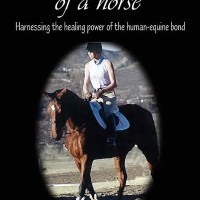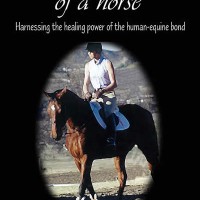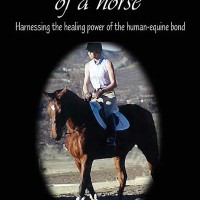After the popularity of my last interview with an equine therapy professional, I thought another would be appropriate. This one is with occupational therapist, Amanda DeLizzio. DeLizzio specializes in hippotherapy, and works at the Memorial Hospital program in Colorado Springs, Colorado. Memorial Health System partners with Pikes Peak Therapeutic Riding Center (PPTRC) in Falcon to provide these services. PPTRC is the only therapeutic riding center in the region that has received premier accredited status from the North American Riding for the Handicapped Association.
1. What would you say the largest benefits of equine therapy?
There are so many benefits to using an equine in therapy. The biggest benefits in the fields of occupational and physical therapy are improving postural control, core strength and endurance, balance, coordination, and motor planning. These are more the physical benefits, but there are also so many emotional and psychological benefits as well. The children are empowered by riding the horse and get an amazing sense of power and control by riding a 1,000 lb animal. The children really connect with the horses and gain so much self-confidence.
Continue reading An Interview with Hippotherapy Professional Amanda DeLizzio, by Claire Dorotik









